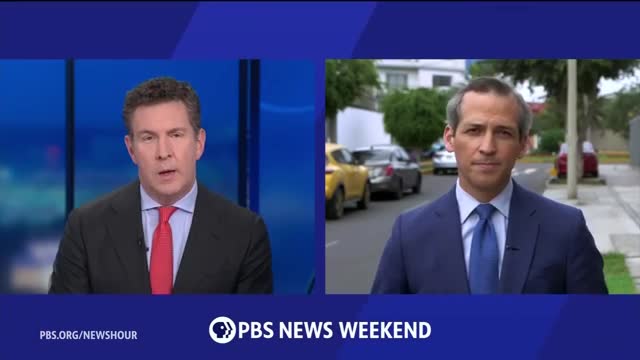Trump's China Strategy Sparks Fears of Trade War
This article was created by AI summarizing key points discussed. AI makes mistakes, so for full details and context, please refer to the video of the full meeting. Please report any errors so we can fix them. Report an error »

In a recent government meeting, discussions centered around the impending transition to the Trump administration and its potential approach to China. With President-elect Trump set to take office in two months, concerns were raised regarding his proposed economic policies, including a significant 60% tariff on Chinese goods, which could provoke retaliation from Beijing and potentially ignite a trade war.
Key appointments in Trump's cabinet were highlighted, particularly Senator Marco Rubio as Secretary of State, who has advocated for a tougher stance on China, and Mike Waltz as National Security Adviser, who has characterized the relationship as a cold war with the Chinese Communist Party. These selections suggest a continuation of the confrontational policies seen during Trump's first term.
Tensions between pro-business interests and national security perspectives were also noted, exemplified by Elon Musk's close ties to Chinese leaders and his business operations in China. This dynamic may influence the administration's overall strategy towards China.
The meeting also touched on the Biden administration's efforts to strengthen alliances in response to China's assertiveness, particularly through the Quad partnership involving the US, Japan, India, and Australia. US officials expressed hope that some of these initiatives would endure under the new administration, although the extent of their survival remains uncertain.
During the meeting, Chinese President Xi Jinping reaffirmed his commitment to maintaining a stable and healthy relationship with the US, expressing readiness to collaborate with the incoming Trump administration to manage differences for mutual benefit.
Key appointments in Trump's cabinet were highlighted, particularly Senator Marco Rubio as Secretary of State, who has advocated for a tougher stance on China, and Mike Waltz as National Security Adviser, who has characterized the relationship as a cold war with the Chinese Communist Party. These selections suggest a continuation of the confrontational policies seen during Trump's first term.
Tensions between pro-business interests and national security perspectives were also noted, exemplified by Elon Musk's close ties to Chinese leaders and his business operations in China. This dynamic may influence the administration's overall strategy towards China.
The meeting also touched on the Biden administration's efforts to strengthen alliances in response to China's assertiveness, particularly through the Quad partnership involving the US, Japan, India, and Australia. US officials expressed hope that some of these initiatives would endure under the new administration, although the extent of their survival remains uncertain.
During the meeting, Chinese President Xi Jinping reaffirmed his commitment to maintaining a stable and healthy relationship with the US, expressing readiness to collaborate with the incoming Trump administration to manage differences for mutual benefit.
View full meeting
This article is based on a recent meeting—watch the full video and explore the complete transcript for deeper insights into the discussion.
View full meeting